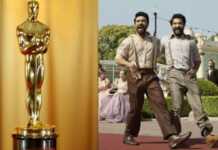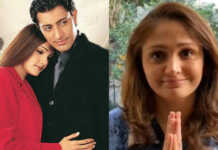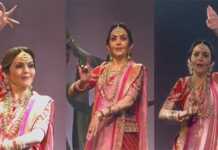Although historians tend to disregard this topic, forensic facial reconstruction has actually helped change the image we’ve had of historical figures, which, so far, were only based on images they or their descendants had approved.
Today, at ViralSection, we’d like to show you the human side of historical figures and what they really looked like when they were alive.
Nefertiti
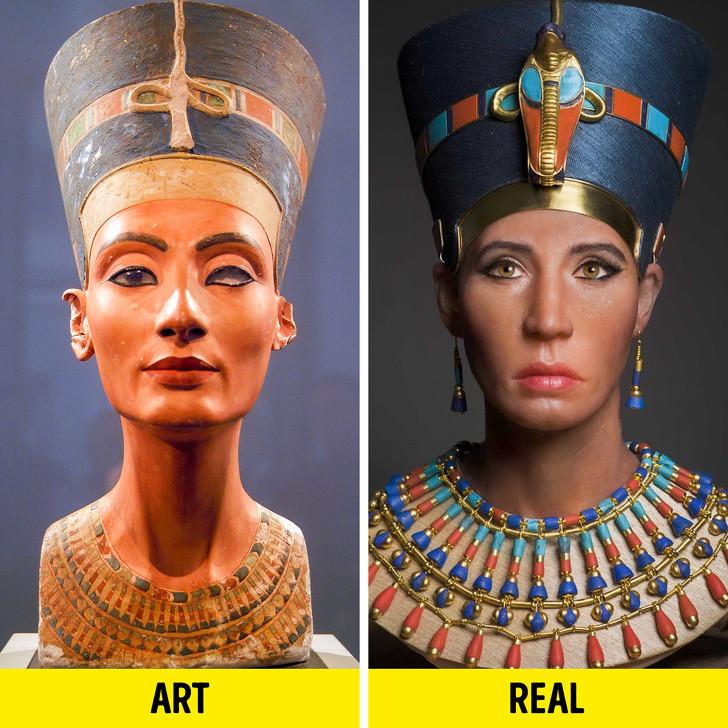
© Expedition Unknown / Ping Pong Productions
Nefertiti, the first wife of pharaoh Akhenaten, was universally known for her beauty. After her husband’s death, she briefly ruled the kingdom, but her influence in the Ancient World was undeniable. The CGI reconstruction shows her wearing eyeliner, an Egyptian invention that would protect the eyes from infections and that had a spiritual parallel with the curse known as the “evil eye.” Traces of eye makeup were found in her mummy’s chemical analysis.
Bach
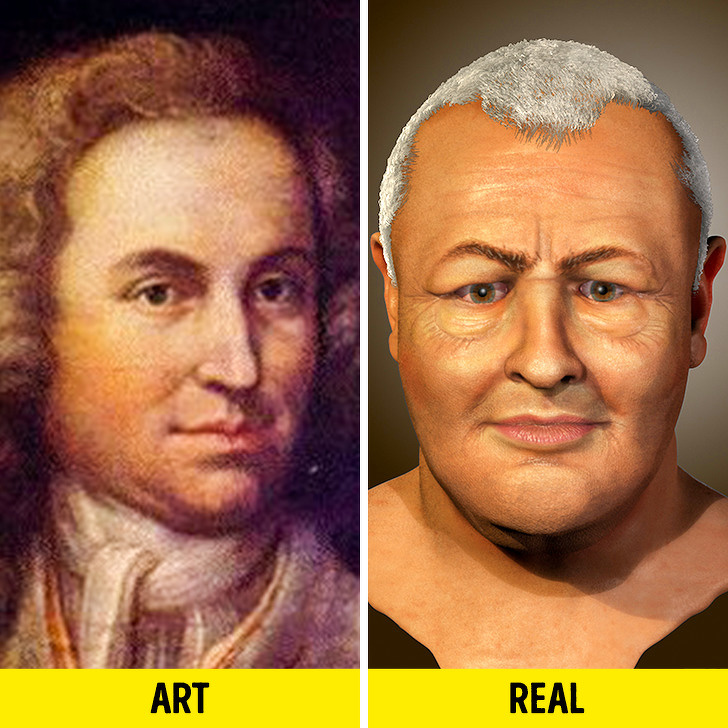
© Image courtesy of Prof Caroline Wilkinson and Janice Aitken, the University of Dundee
One of the most famous German composers, Bach, was prolific in his time. It was documented that he suffered from eye conditions that would’ve made his eyelids swell. A slight asymmetry also made his face very unique.
Santa Claus
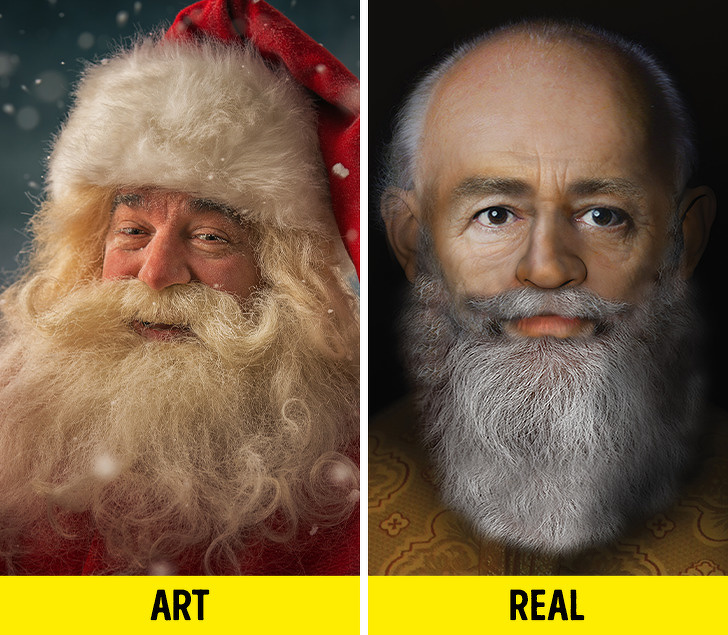
© Image courtesy of Face Lab, Liverpool John Moores University
Although the current image we have of Santa Claus comes from Coca-Cola sponsoring Christmas ads, the original Santa was a Turkish orthodox priest named Nicholas, who later became the patron saint of children. His beard was a distinctive characteristic from orthodox priests and, contrary to popular belief, he had olive skin and dark eyes. He also had a broken nose, which explains the deviation in the facial reconstruction.
Cleopatra
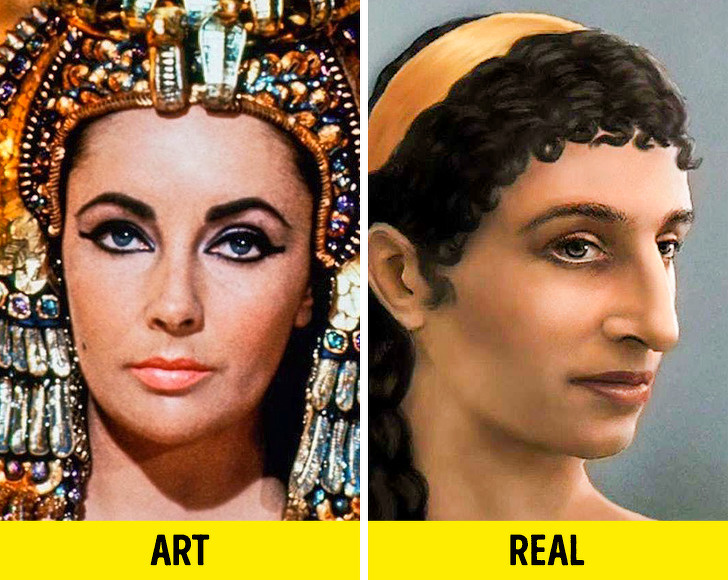
© JudeMaris / Youtube
French philosopher Blaise Pascal wrote that “if Cleopatra’s nose had been shorter, the whole face of the world would have changed.” Although Cleopatra’s famous beauty does not necessarily correspond with our modern standards, back in the day, prominent noses were a symbol of power and beauty. Unlike Elizabeth Taylor, Cleopatra likely had darker skin, dark eyes, and an aquiline nose.
Robert the Bruce
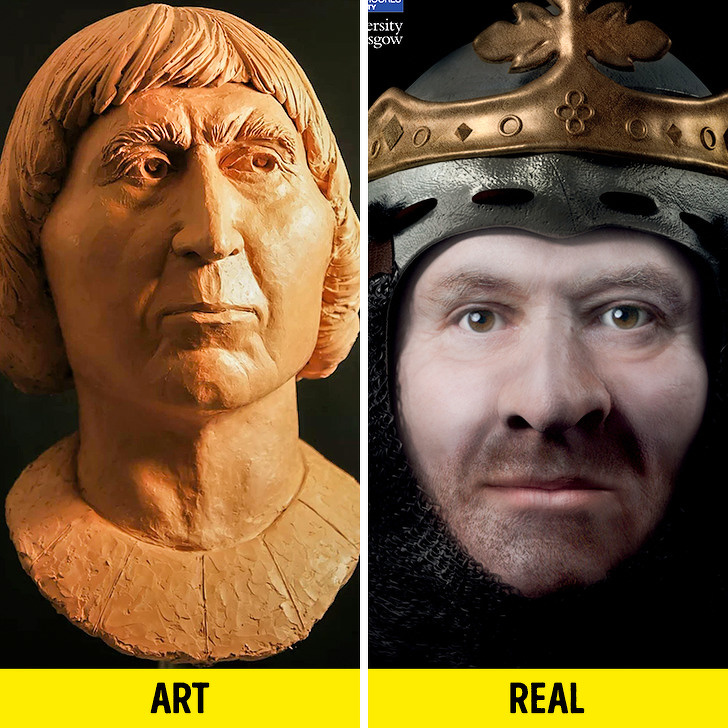
© Image courtesy of Face Lab, Liverpool John Moores University
Scotland’s most famous hero’s face was a mystery for centuries. So far, we’ve only been able to rely on artistic representations in the form of busts that show prominent cheekbones and fleshy cheeks or even signs of leprosy, a common disease back then. Prof. Caroline Wilkinsin settled the matter with her investigation, but since no DNA samples could be used, it is still unsure what the king’s eyes and hair color were.
Simón Bolivar
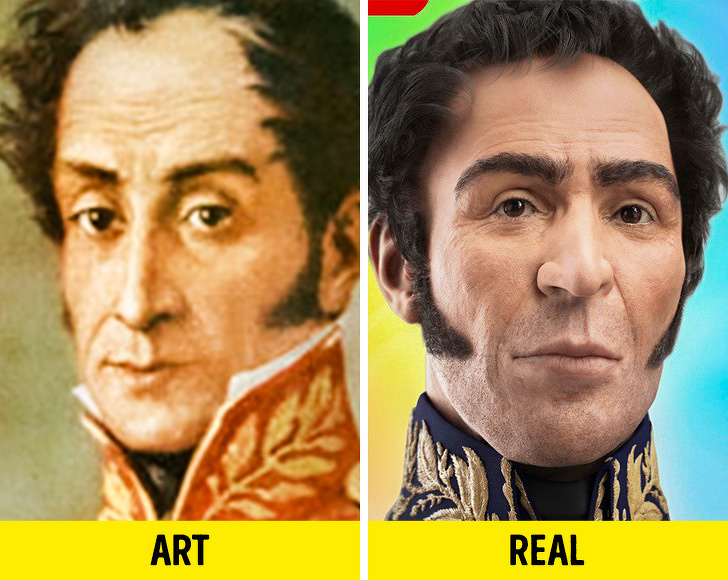
© Nicolás Maduro / Twitter
Bolivar’s physical traits have always sparked debate. Despite what has been said, Bolivar was actually lighter with tanned skin, dark eyes, and wavy hair. He was clearly not Caucasian, nor was he indigenous looking, but rather the product of an intercultural mix.
Ava
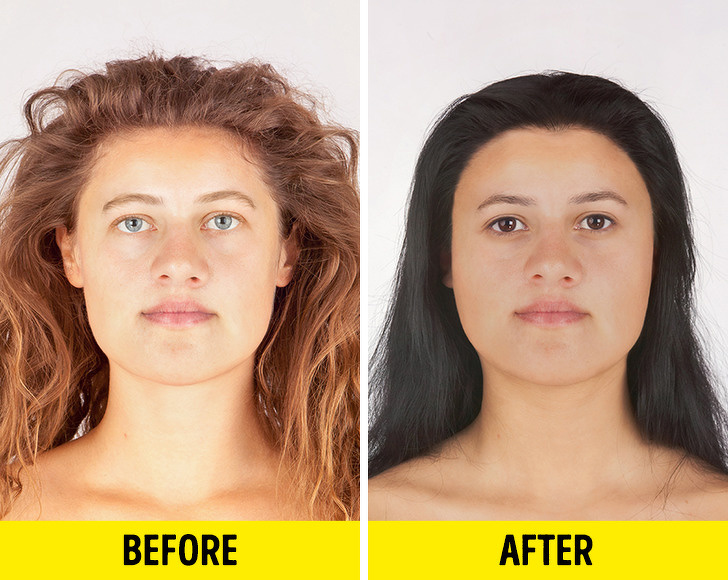
© Hew Morrison / Instagram
If you’ve ever wondered how we looked in the bronze age, Ava is a great example. Her skull was found in Great Britain and dates back to around 2,500 BCE. Despite what was thought at first, native Britains were far from being blond with blue eyes. New DNA evidence suggests that, unlike local neolithics, thick black hair and black eyes were the norm in Northern Europe after the Bronze Age invasion that was carried out by the Beaker culture.
Do you know of any other historical figures whose appearance would be interesting to recreate? Do you think appearance can have an influence on how we look at historical icons? Let us know in the comments!
Preview photo credit Expedition Unknown / Ping Pong Productions






